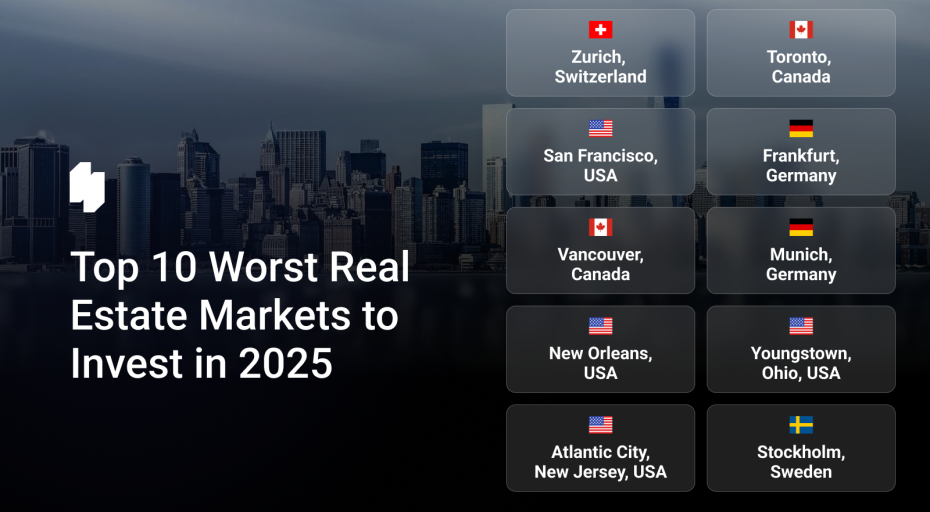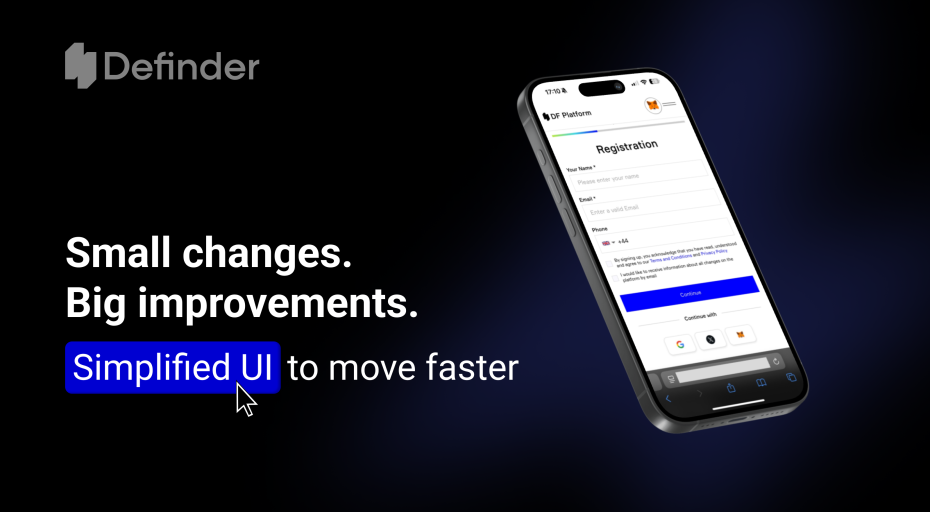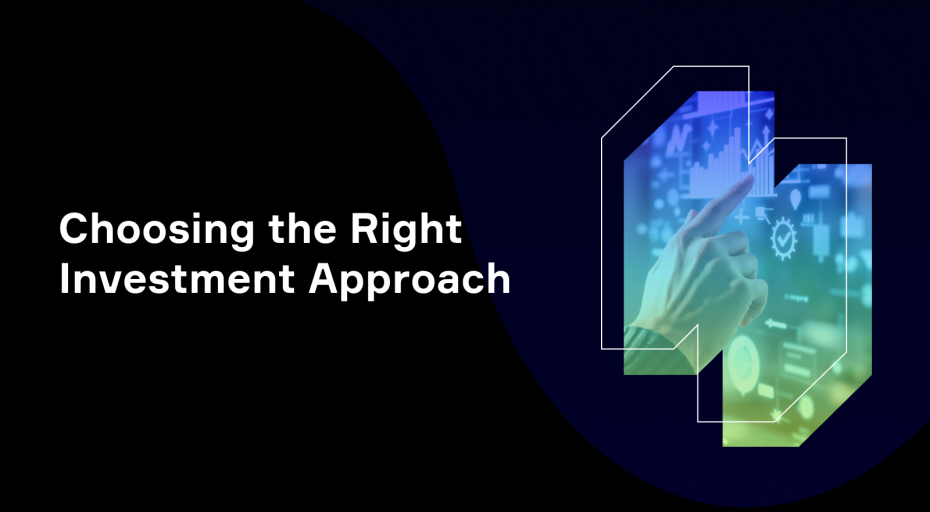Tokenized Agricultural Assets as a New Investment Opportunity for Millennials
By Victor Yermak, Business Development Director for Smartlands Platform
Edited by Anton Shmerkin
There’s plenty to unpack here, but, hopefully, by the time we’re done flipping figures and dissecting new terminology you’ll have a solid grasp on all of the advantages and risks involved in investing in agriculture utilizing such new mechanisms as STO (Security Tokens Offering) with all of its potential to mitigate risks and enhance benefits.
Why agriculture?
We know, right? Why not a piece of a sexy real estate, the ever-booming stock market, a fund of some sort, in which your office buddy “knows a guy” or something else? After all, perhaps the only time city-bred Millenials think about farming is when they choose paper over plastic at Whole Foods or Trader Joe’s. So, why agriculture?
Well, let’s start from the beginning. According to the English Oxford Dictionary, “agriculture is the science or practice of farming, including cultivation of the soil for the growing of crops and the rearing of animals to provide food, wool, and other products.” If you pick every noun from that sentence and run data analysis on what it defines, you’ll realize how massive is the agricultural markets’ landscape in the world today. Despite climate change, environmental irresponsibilities of multiple governments, unwise policies of subsidizing farms, and many other challenges that this sector of the economy has to deal with, modern agriculture is still:
- Over 570 million farms maintained and cultivated by over 1billion farmers;
- 37.7% of the world’s total land area, of which 10.6% is arable. It means roughly 17.6 million square kilometers (or 1.7Bn ha) used for growing crops, and between 32 and 36 million square kilometers (3.2Bn and 3.6Bn ha) for raising livestock. It equates to a land area about three times the size of the South American continent.
- $12 Trillion market. The Asia Pacific was the largest agriculture market in 2017, accounting for $6419.05 billion or 54.49% market share mainly because of the rapid economic development and rising purchasing power in the region. Africa was the second largest market accounting for $1492.79 billion or 12.67% market share. The Middle East was the smallest region accounting for $414.64 billion or 3.52% market share.
So, agriculture is obviously worth looking at as a potential investment project, although, if you’re not yet convinced, let’s come in from a slightly different angle and have you consider:
- The demand for food is rising. According to the UN estimates, the current 7.3 billion people on Earth may become 9.7 billion by 2050, which will affect agricultural markets in ways we have not seen before;
- The cutting-edge innovations like precision farming, AI-driven farm management software solutions and machine learning, robotics, smart energy, advanced agrichemical solutions, latest developments in data science, autonomous agricultural machinery are turning farming from a humdrum toil into the king in the kingdom of cool;
- Investing in agriculture is a long game perfect for younger investors looking to start building their portfolios on the safe, and with reliable assets that will hedge your bets against any crisis – financial or otherwise.
- ROI in agriculture is one of the best, or, shall we say, not at all worst than directly investing in the stock market. Over time, stocks, as measured by the Standard & Poor’s 500 index yield about 10% annually, and that’s to a professional investor. You, my friend, could probably count on a 6% or 7% annual return – best case. On the other hand, over the past twenty-five years, the annual return on investments in farmland has averaged 11.5%, according to the National Council of Real Estate Investment Fiduciaries’ Farmland Index.
- When big players enter the market that’s non-characteristic of their primary area of focus, that’s always good news. Google Ventures invested into agricultural data aggregator Farmers Business Network, Granular and Climate Corporation; Amazon in the indoor farming startup Plenty; Andreessen Horowitz shared Granular, FarmLogs, Solum.
In short, you’d better put on your thinking cap and start crunching numbers because there are plenty of other people already doing it. The world is big, it’s getting bigger, and it needs to be fed. You could be the one doing it and getting rich in the process.
Sold. So, how do I start?
Well, we’re guessing, you’re not a corporation or accredited private investor. Otherwise, you’d be kicking-in doors of asset management funds right now and wouldn’t need our help. However, if you belong to the rest of us, may you enjoy the in no way less acceptable modes of investments like putting your money in a publicly traded agribusinesses, engage in Peer-to-Peer Lending or Crowdfunding.
Investing in a publicly traded agribusinesses means merely buying or selling shares of Monsanto, John Deere, AGCO Corp and hosts of others at a stock exchange. One of the primary benefits of investing in the stock market in this way is liquidity and diversity of your portfolio: you can sell your shares anytime, invest in various stocks simultaneously, and in general become a player. But remember that betting on stocks is risky, and there’s a steep learning curve involved.
Peer-to-peer lending (P2P lending) and crowdfunding are another ways to go. Those had grown significantly over the last few years when banks were widely criticized for not lending enough to small businesses. Peer-to-Peer Lending allows investors to lend to small businesses without taking ownership while charging interest to a borrower. The advantages of this approach are the low cost of a transaction, fast loan origination, customization of financing programs. And, since it’s peer to peer, as in one on one, without intermediaries involved, both parties to a transaction are usually happy with the results compared to banks with their bureaucracies, long waiting periods, turn-downs, high-interest rates, and other hassles. Then again, a towering problem here is a default, since p2p lenders rarely rely on credit agencies, and the non-existing liquidity: forget refinancing.
And how about crowdfunding? It’s is a method of raising capital for early-stage startups when an investor’s return depends on his or her equity in a business and the success of the end product.
And since we’re talking about investing in agricultural assets, this may be a good time to bring up the emerging industry of AgTech. The term refers to transforming the global food system through digital technology and is an amalgamation of “agriculture” and “technology” (dah). Recent reports published by AgFunder, the AgTech crowdfunding platform, indicate that AgriFood Tech startups raised $10.1 billion in 2017. In 2015, 499 companies attracted $4.6 billion of investment, almost double 2014’s $2.36 billion.
Again with the ICO…
There’s just no way around the ICO (Initial Coin Offering) as a blockchain technology-based mode of investing because a little over a year ago it’s swept the world like a hurricane with an acronym for a name. No more: classical ICO suggests an investment in a prototype at best. Most ICOs are claiming stakes over ideas with a loud promise to one day build an API, a payment system, a decentralized exchange or a mobile app. Today we know that 90-95% of those ideas never materialize, no matter how pretty the website of the company-issuer looks and however outrageous the views voiced in the whitepaper sound. Nevertheless, ICOs appeared (and still do, actually) sexy, fresh, bold ways of raising capital with little to no regulation until the SEC had made it clear in July 2017 that the siesta is over. FCA in UK and MAC in Singapore followed suit and STO (Security Token Offering) was born as a safe, secure, and legal answer to the ICO.
Why STO is perfect for investing in agricultural assets
Let’s back up a little bit. So, what’s a “security token”? It’s digital security (crypto token) that derives its value from an external, tradable asset. In the case of agriculture, such asset could be arable land, plants (especially produce-bearing plants like grape vines, fruit trees, rubber tree plantations, and oil palms), livestock, etc. With the security token being security as defined in the legal documents of most regulators come the following traits that ensure the soundness of your sleep as an investor:
- A security token holder has the same rights as the asset owner;
- A company that plans an STO has to pass legal due diligence, technical and financial audit
- The assets that the token represents shall be audited as well. In the case of agricultural assets it includes an audit of the state of an asset with regards to its capacity to bear fruit:
- STO requires compliance with KYC (Know-Your-Customer or identification procedure) and AML (Anti-Money Laundering) procedures as well as other actions and disclosures required by relevant legislation that protect investors;
All this is to say that STO is merely a more secure way of investing and security token is best suited for assets in modern agriculture.
Today we still perceive farming and agriculture as an age-old stereotype: serfs squat over a clump of land while their feudal lord and his majestic cheval gallop across furrows and trample the harvest. Let’s fast-forward a few hundred years and look at today’s data-driven agriculture whose tenets have been transformed by the IT industry forever.
The tectonic shift in consumer preferences, the forever transformed commercial landscape, multiple global environmental challenges task AgTech with putting on our tables more quality foods that are cheap, healthy, organic, and locally sourced and AgTech is happy to oblige.
New entrants to agribusiness are taking new approaches to agronomy by collecting and analyzing copious amounts of data to create accurate prediction models for future yields.
The best example of AgTech at work to date was the acquisition of The Climate Corporation by Monsanto for $1B+ in 2013. The Climate Corporation together with IBM’s Watson supercomputer collects and analyzes field and weather data to help farmers with decision making. IBM is bringing data science and AI together with the global release of the Watson Decision Platform for Agriculture to help growers and enterprises better manage the farming practices drawing upon IBM’s most advanced capabilities in AI, data analytics, IoT, cloud computing, and advanced reporting to create solutions that predict the problems before they occur.
You can only imagine the size of data clusters already in cloud storage. The use of blockchain technology is no longer an exotic feat. It’s a technological and practical necessity for leveraging food traceability, using geospatial and machine learning tools for risk detection and yield prediction. We could safely say that agriculture is almost ready for complete auditable transparency. There are tools which enable remote audit of any agricultural asset and facilitate permanent day-by-day monitoring of these assets via the Internet making the tokenization of agriculture the next logical step to increase the liquidity of agricultural assets and significantly simplifying financing through innovation in agriculture.






